From round to oblong, rectangle to square, and from glass top to timber, we style dining tables of all shapes and sizes everyday when staging homes for sale. They look great, photograph beautifully, and are the kind of tables you’d see on the front cover of your favourite interior design magazine. So how is it done? What is the secret to achieving a showstopping, picture perfect dining table that adds a wow factor to any living space?
Well, we’re about to take you behind the scenes and tell you all our tips and tricks, giving you the key to unlock your inner stylist so you can replicate our looks in your home. From breaking down our set of rules and giving you a step-by-step run through on how to put them into practice, to giving you a few examples of dining settings we’ve completed, we’re about to tell you all you need to know about how to achieve a perfectly styled table.
Sound intriguing? Keep reading to find out more!
RULES
Before walking you through a few examples, first and foremost it’s important to know there are a set of rules to follow when it comes to creating the picture perfect dining table. All of our stylists here at Foxy use these transferable, fail-safe rules everyday, so no matter the size, shape or colour of the dining table our tips and tricks will ensure the final product is gorgeous. Accessorising a dining table using these rules also makes certain that we help to not only guide the eye, but also frame and anchor a room. Most of the time, when first entering the living or dining room, our eyes are naturally drawn to the dining table, and then we follow that gaze through to the outdoors. By drawing the eyes up to what’s on the dining table, it helps with the natural flow of the eyeline and brings attention to the features of the home you want to highlight. So, in a similar fashion to anything we style, when staging a dining table you need to bring in the following elements from our rule book:
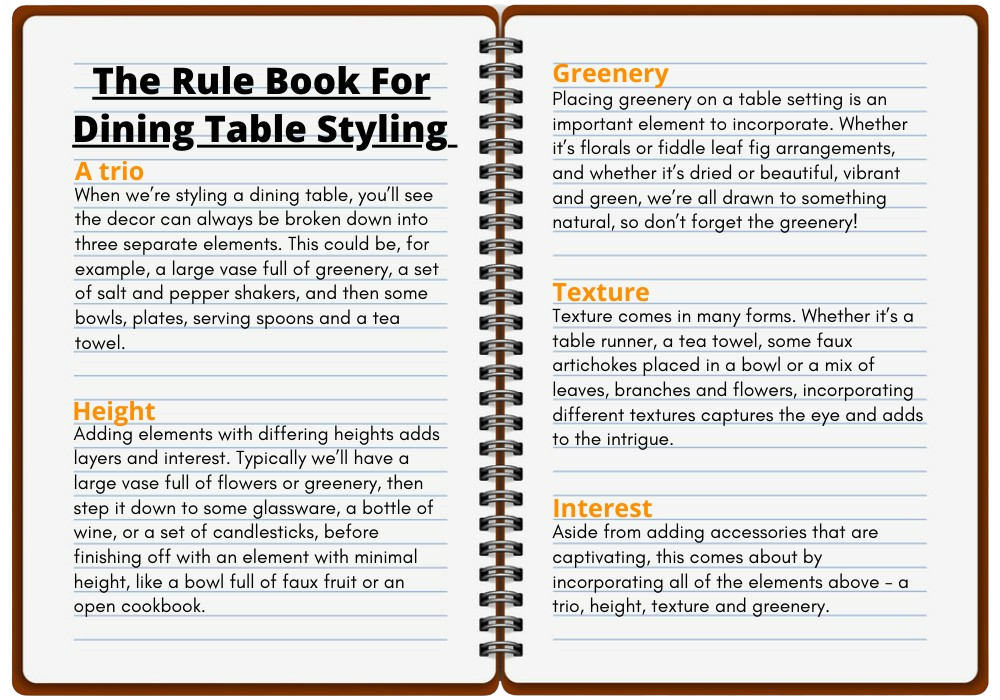
So, how exactly do these rules look in practice? Below, we have applied our set of rules to three different dining settings – one featuring a 150cm round glass top table, another focusing on a 120cm round wooden dining table, and finally the last looks at a grand, 2m long rectangular dining table. We’re going to explain our design choices and explore and discuss our rulebook in more depth so you can see how, in combination, applying these rules will result in a perfect outcome every time.
EXAMPLE 1: 150CM ROUND, GLASS TOP TABLE
In this first example we’re showing you a large, formal dining space at a five bedroom house in Camira. Given the room’s bigger size, we opted for a glass top table to show off the space and placed five chairs around it to stick with our rule of odds. Given its formal nature, we have used less trinkets and instead implemented more high-end looking accessories.
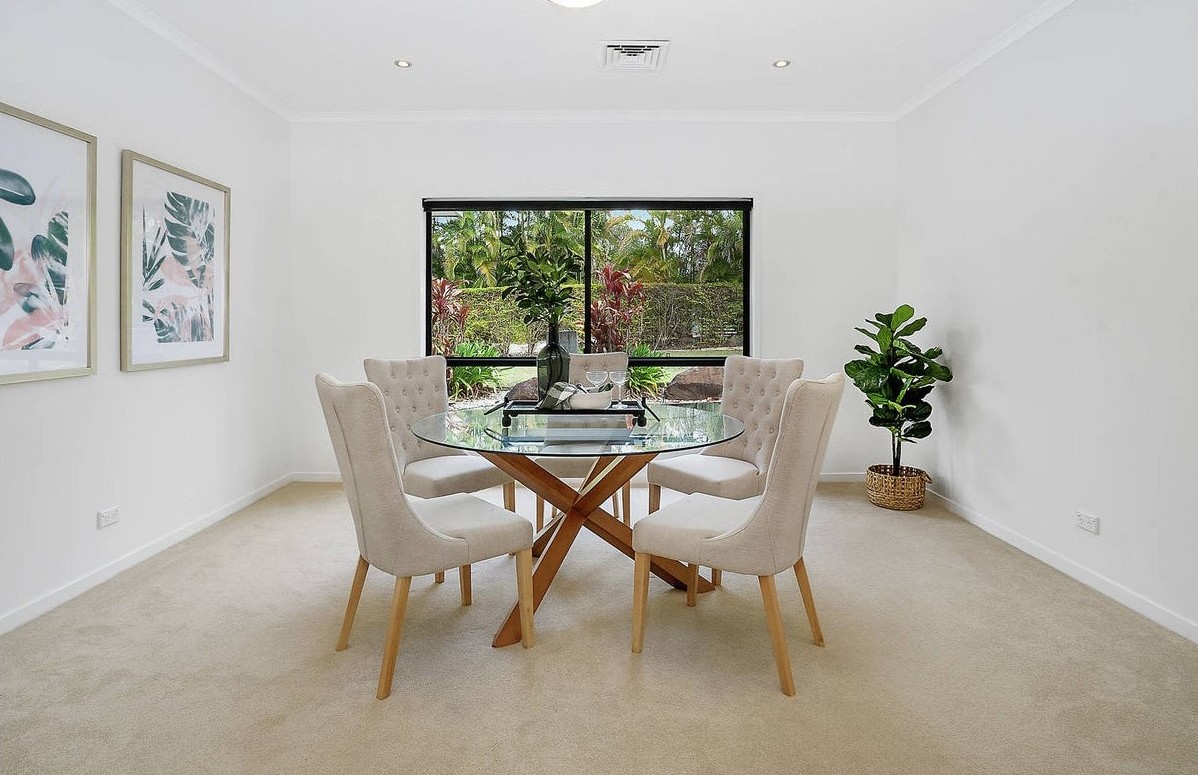
As you can see from the annotated images below, we have put our layering of heights and trio rules into practice by placing a tall vase full of greenery onto the table, followed by two champagne glasses and then some bowls. We’ve added some texture and interest in the form of a tea towel and serving spoons, and the vase contributes a touch of greenery. Finally, we popped all three elements onto a mirrored tray, as putting glassware and a glass vase directly onto a glass dining table would cause the accessories to get lost. The addition of the tray creates a differentiation between the table and the accessories, which is paramount for photographic purposes.
EXAMPLE 2: 120CM ROUND, WOODEN DINING TABLE

The dining table in this example is also from a house in Camira and is a more casual style setting, which allowed us to incorporate more trinkets that you would typically find in a home. We opted for a solid wood dining table in this room as the space is large, open and has a lot of natural light. The solid table top means we have more options when it comes to what accessories we use, so, in this case, we’ve opted for depth, which is achieved through the use of darker, moodier centrepieces.
Following our rule book, we used a vase full of greenery for height. Here, we’ve used olive branches as our form of greenery as they’re beautiful and right on trend, whilst still achieving a sparse and minimal look. We then used a set of salt and pepper grinders followed by a low element in the form of plates, bowls and other accessories. We always style in odd clusters, so you’ll see the final look can be broken down into three segments. Having more than this would overwhelm the eyes and detract from the desired result.
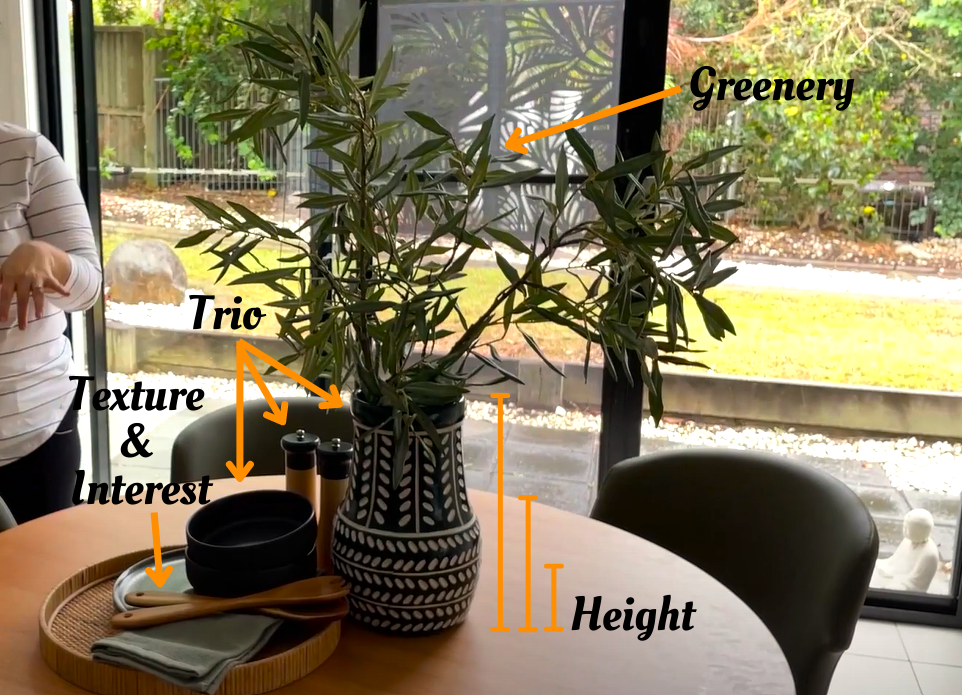
EXAMPLE 3: GRAND, 2M LONG RECTANGULAR TABLE
In this final example, we’re using a grand, solid wood rectangular table. This particular table is one of the largest we style. In this Rochedale house, the table’s bigger size combined with the spacious room and high ceilings meant we were able to go for a larger spread with more height.
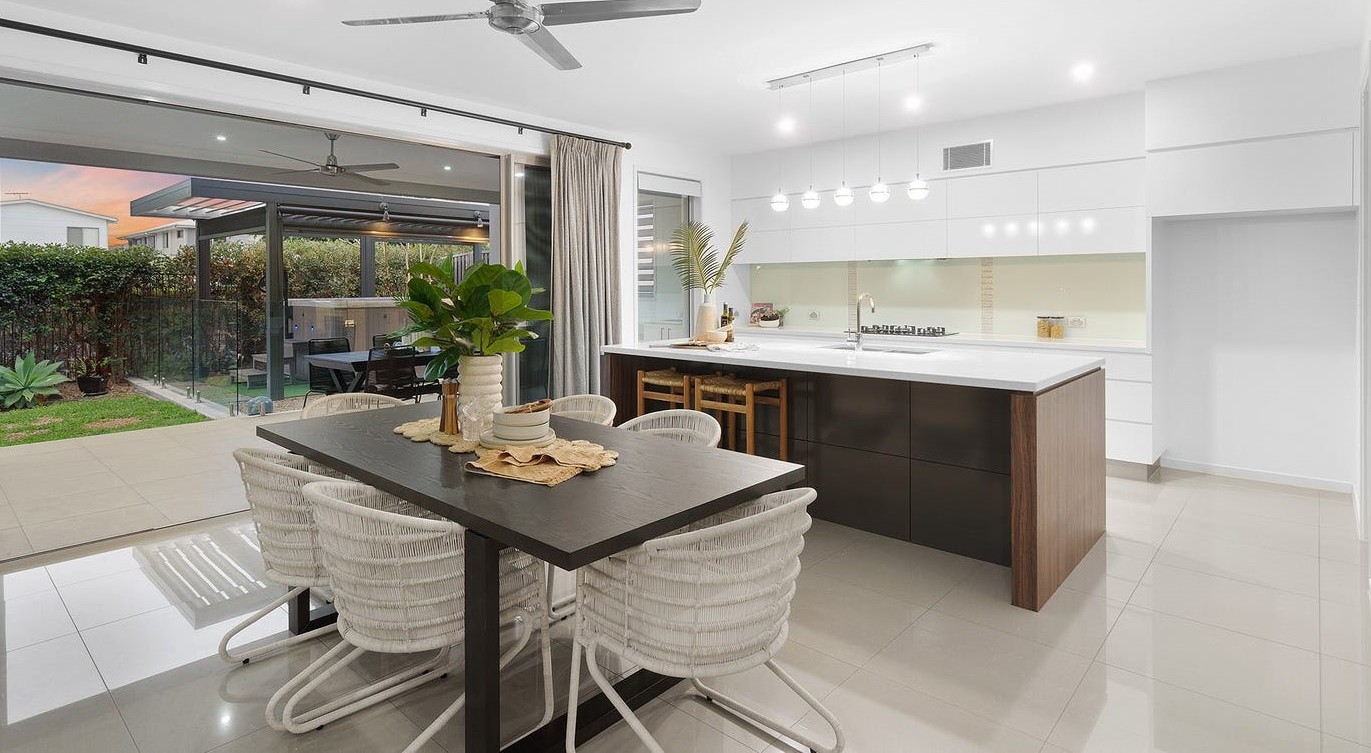
Unlike the last two examples, we’ve stretched the dressing on this dining table for elongation purposes, rather than keeping all the elements clustered. Of course, we have some greenery for height, followed by salt and pepper grinders, glasses, plates and bowls. Finally, we popped everything onto a natural jute woven table runner to break up the darker coloured table and accentuate the accessories.
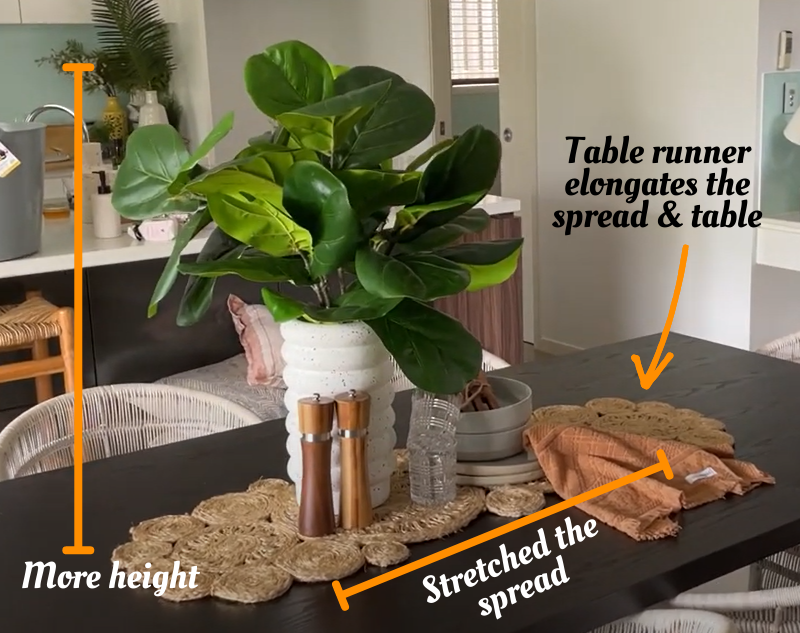
CHECK OUT SOME MORE OF OUR WORK FOR INSPIRATION
Now that you’re fully equipped with the rulebook on how to make your dining table the setting of everyone’s dreams, take a look at some other examples of our work for more inspiration. As you scroll through, take note of how they all encapsulate the rules we’ve discussed throughout – height, trio, greenery, interest and texture.
Thanks for reading!
If you want to know more about how we style a picture perfect dining table so you can replicate it in your home, check out the Foxy TV episode titled ‘How To Style a Dining Table’ (which is linked to the right, or below on a mobile device) for a visual explanation.





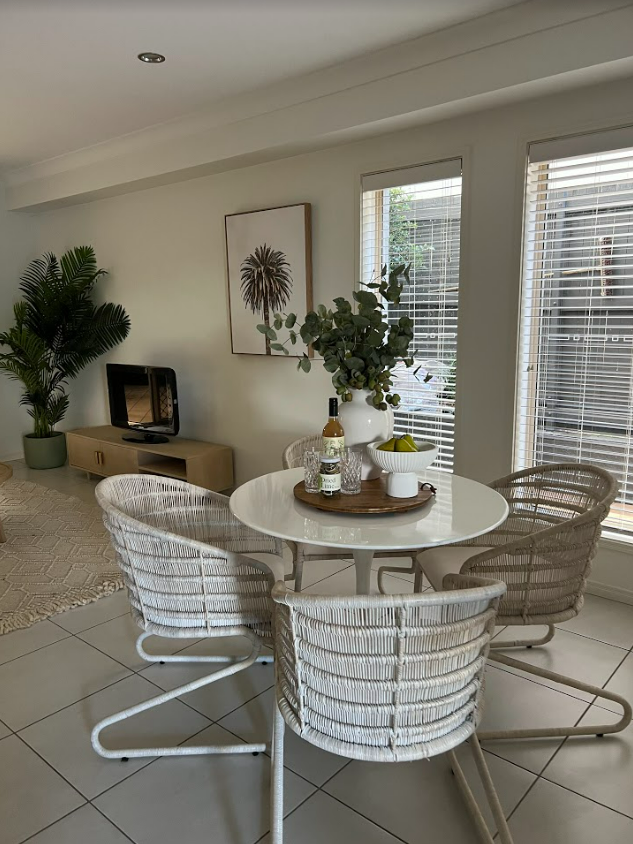
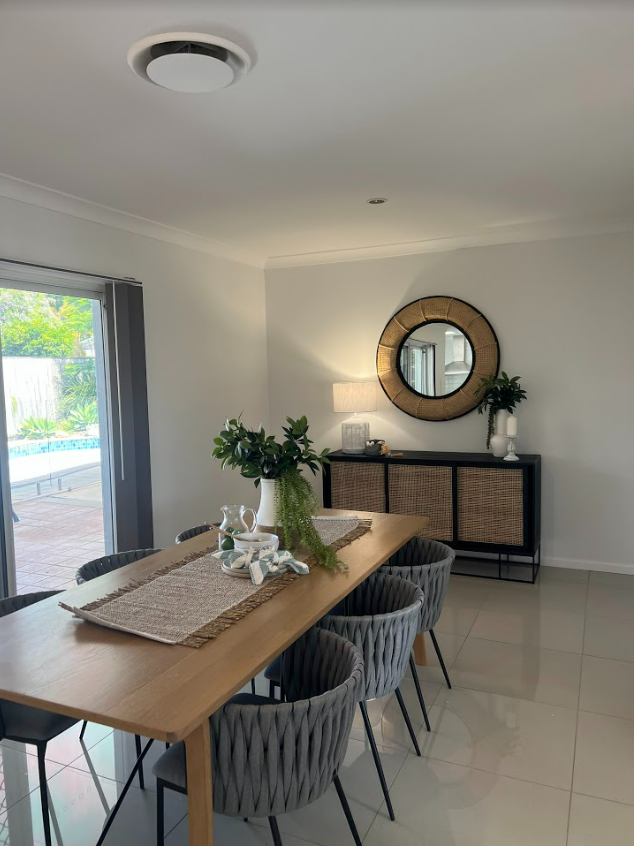
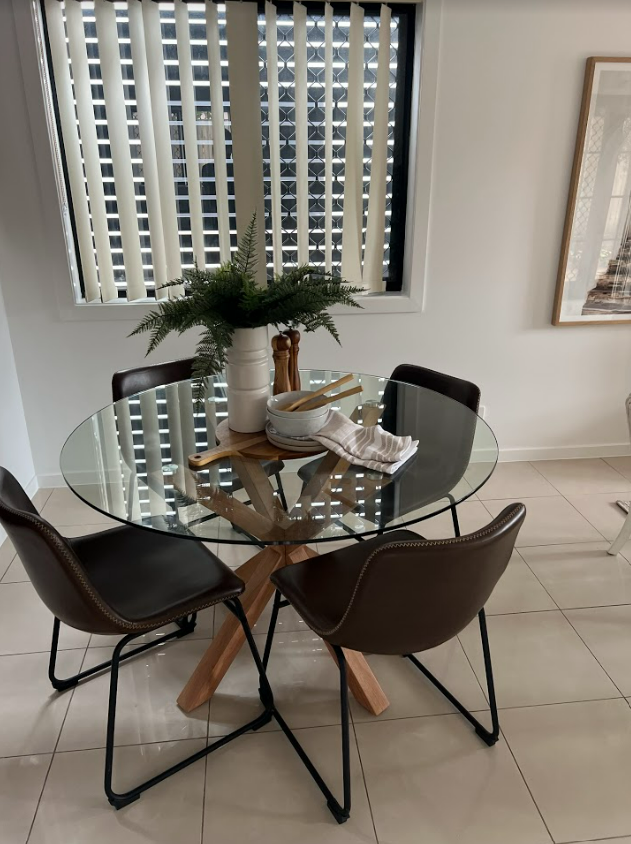


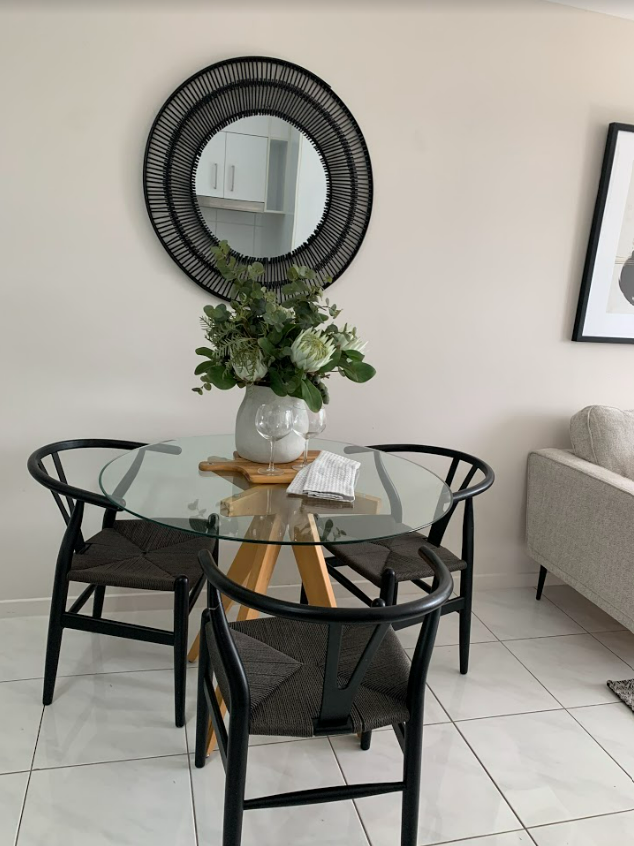
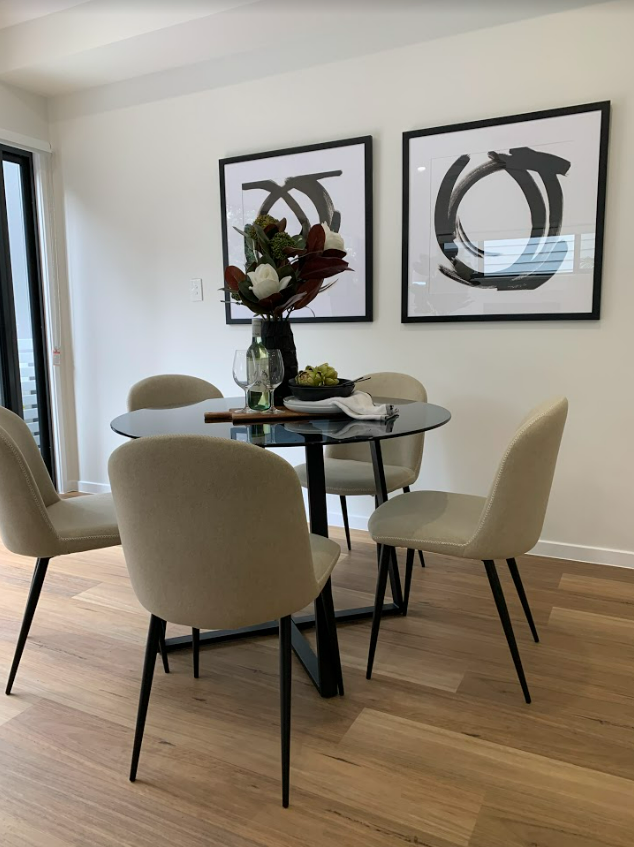
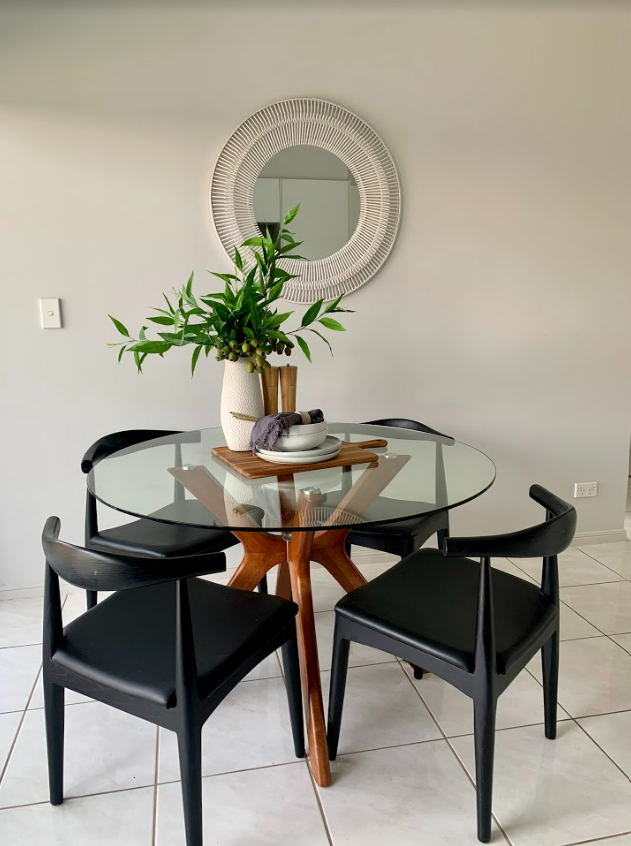
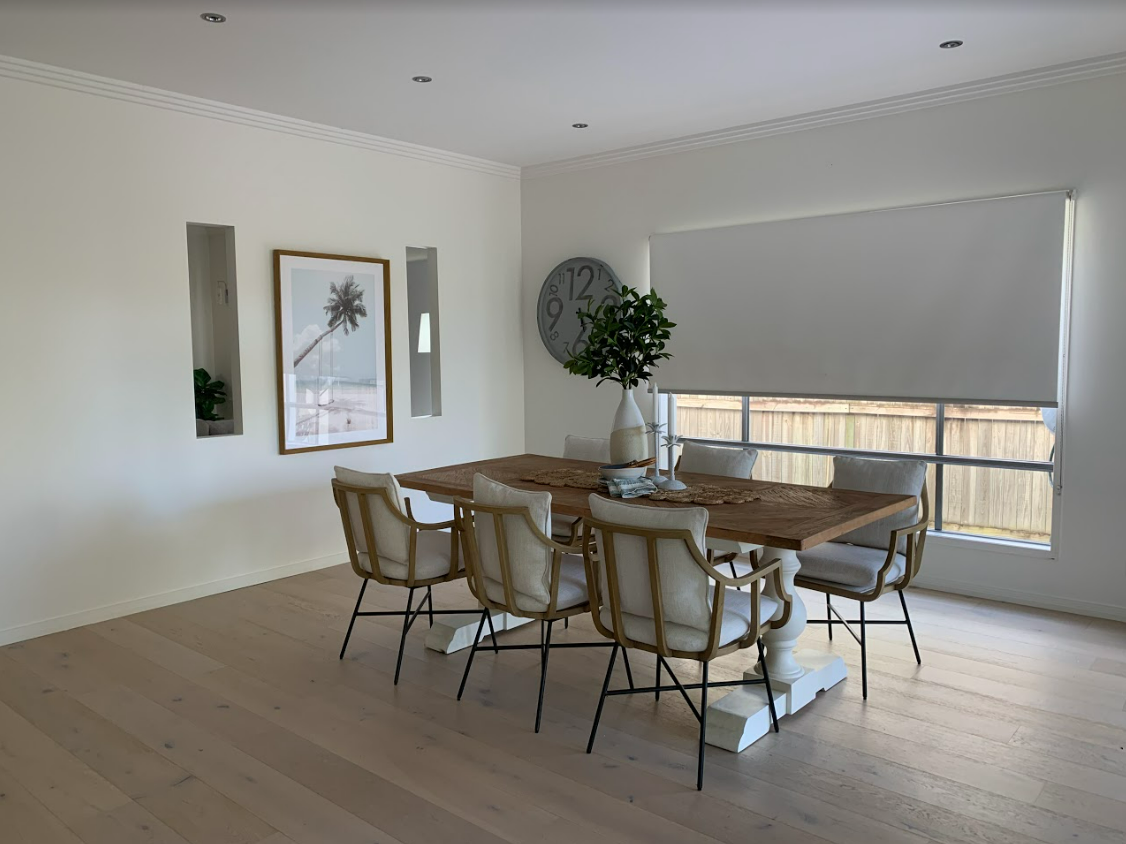

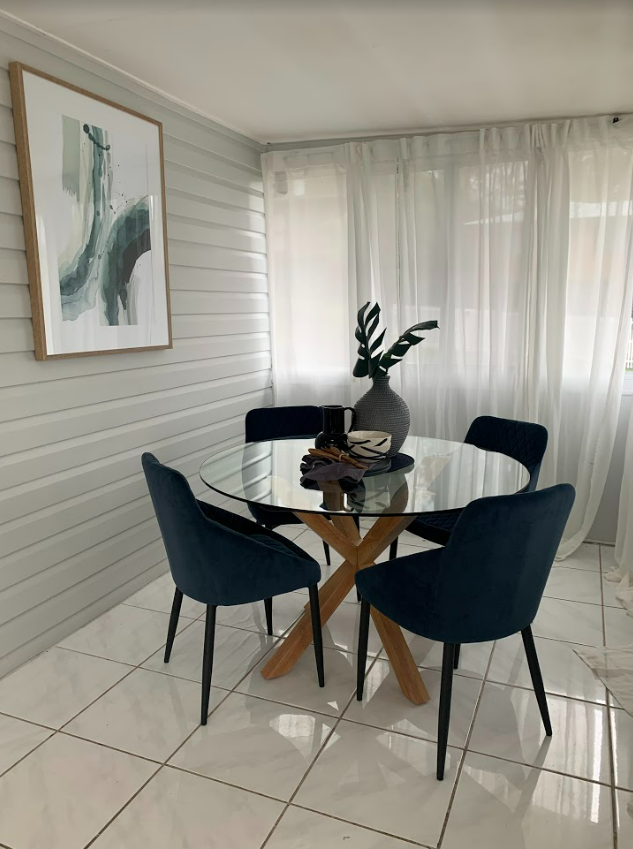
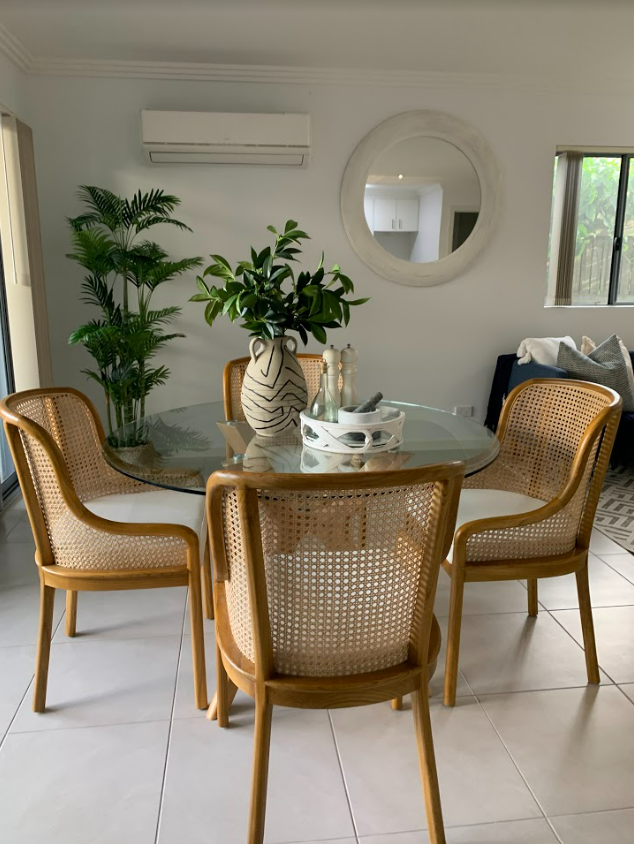
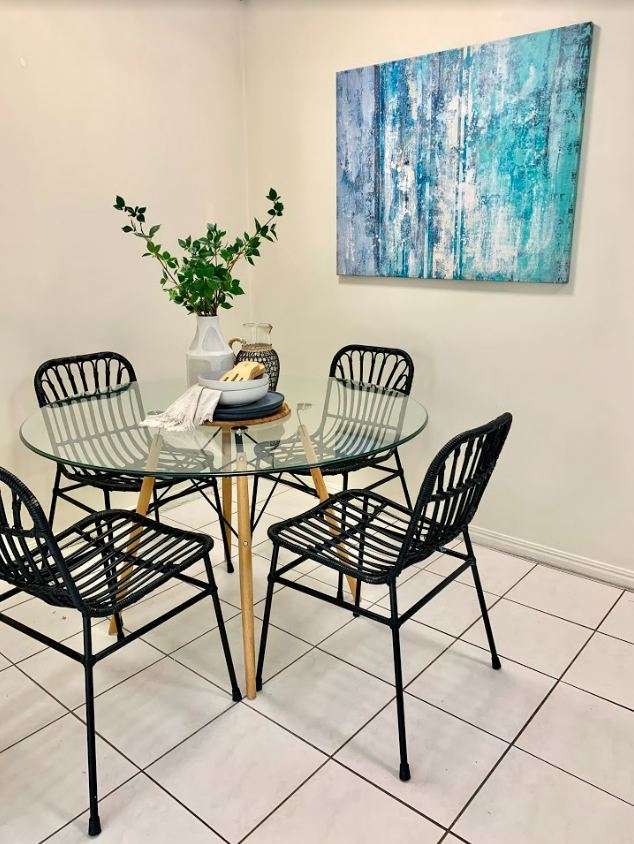

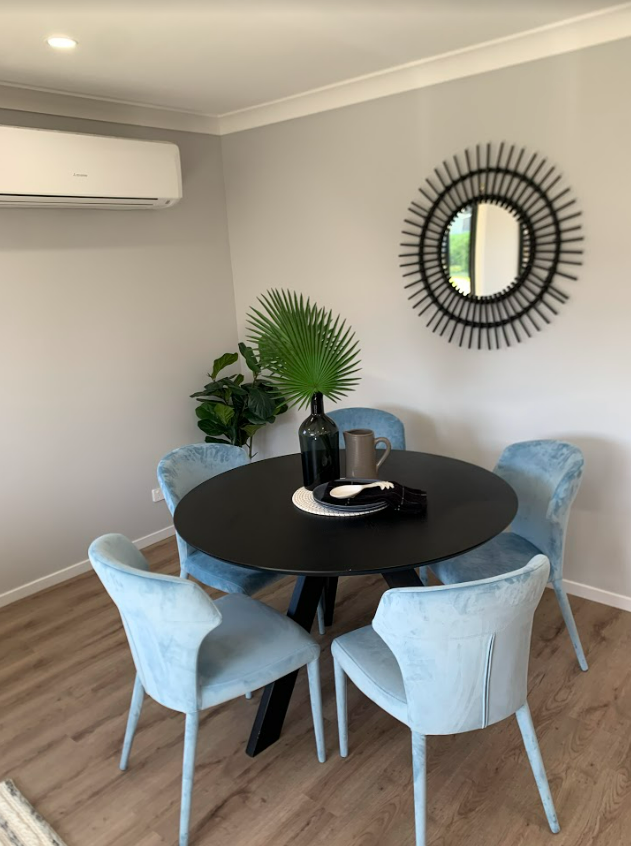

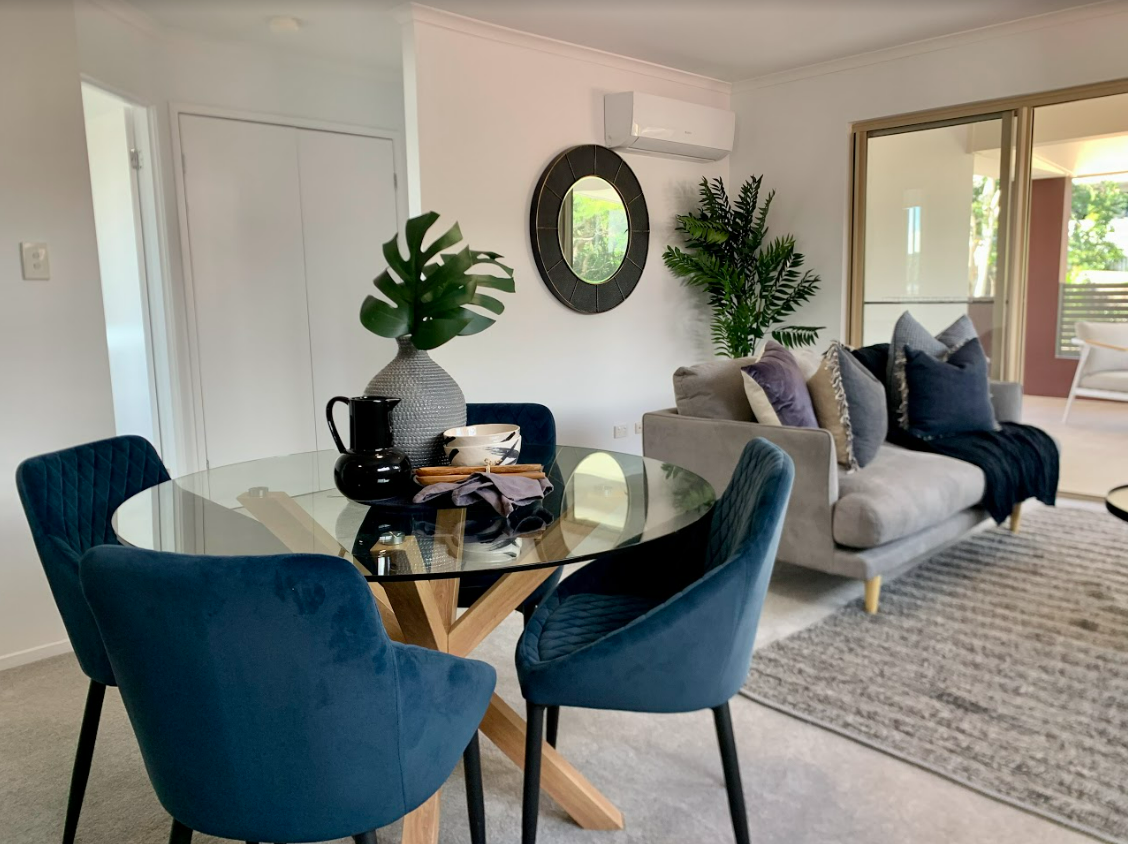
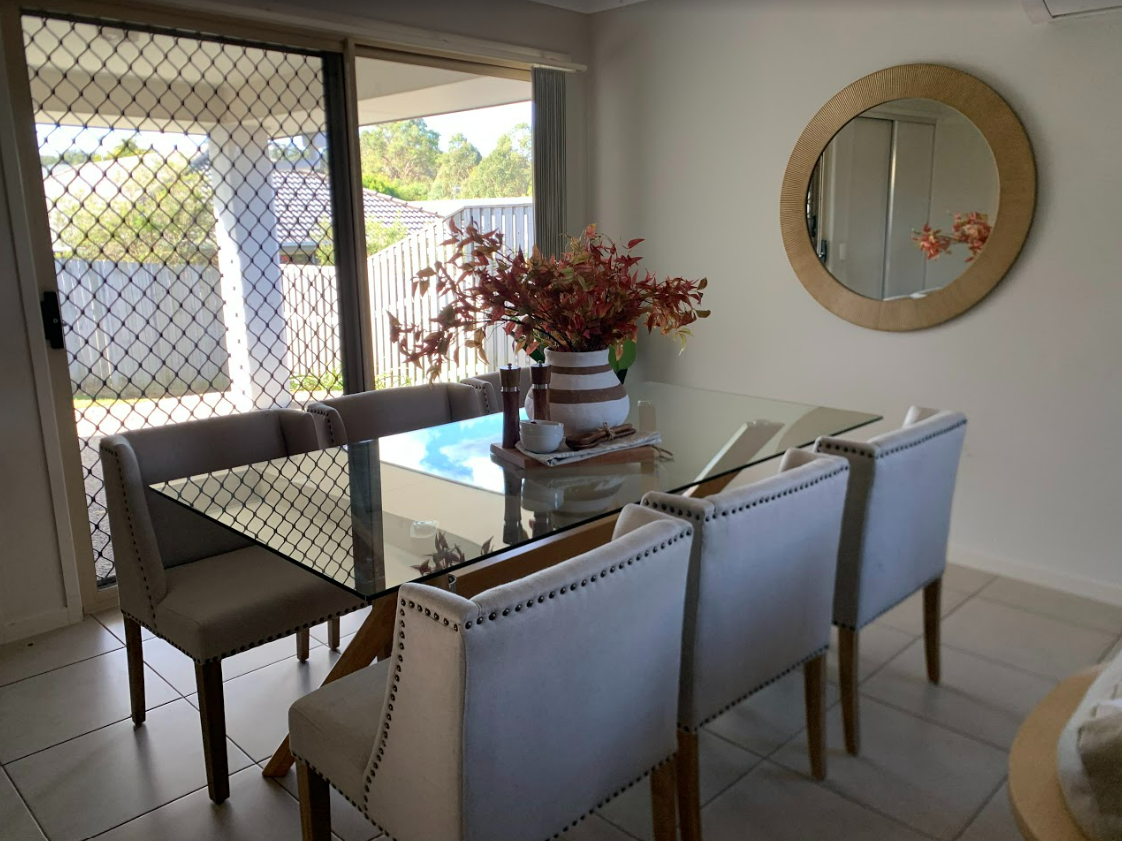

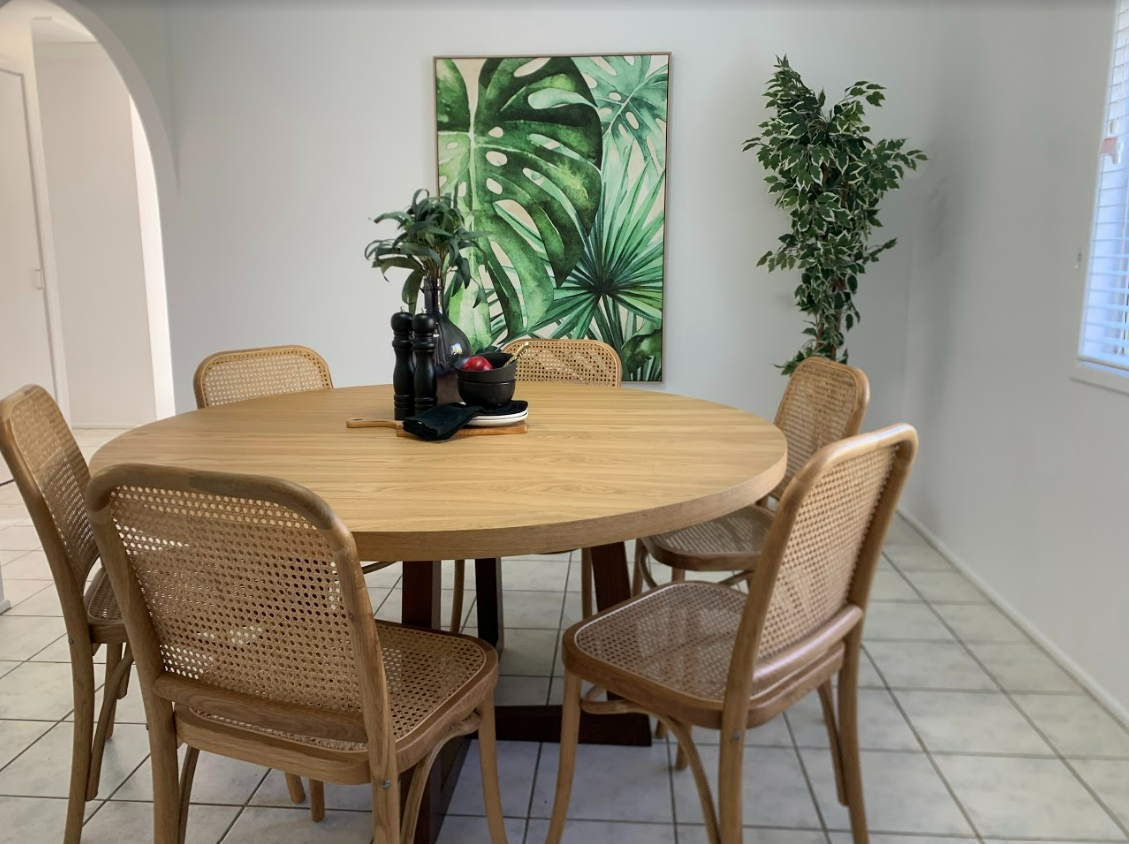

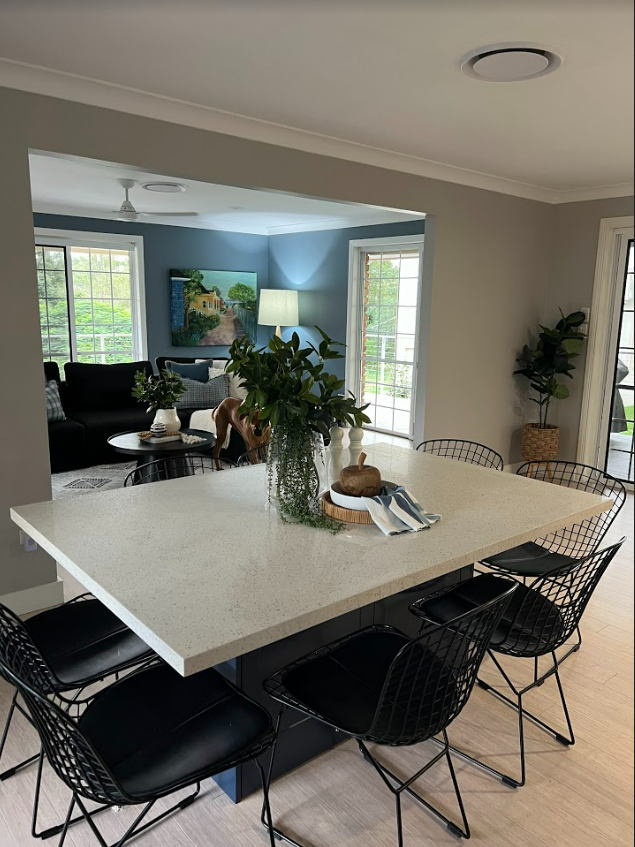
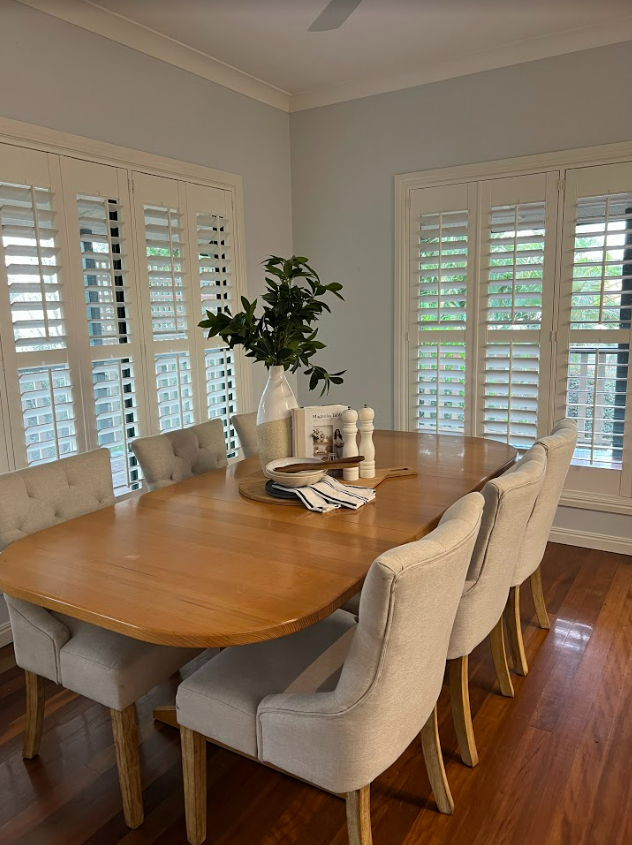
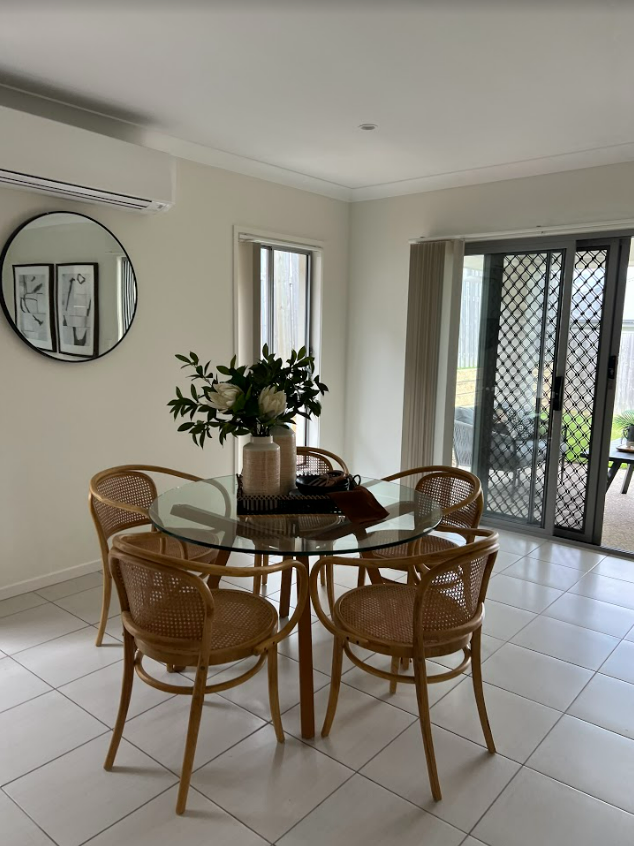
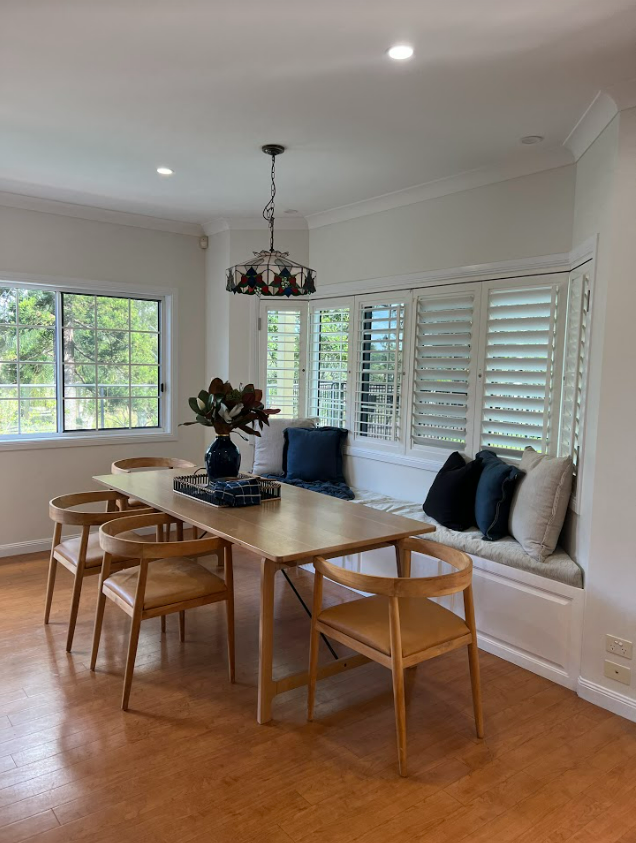
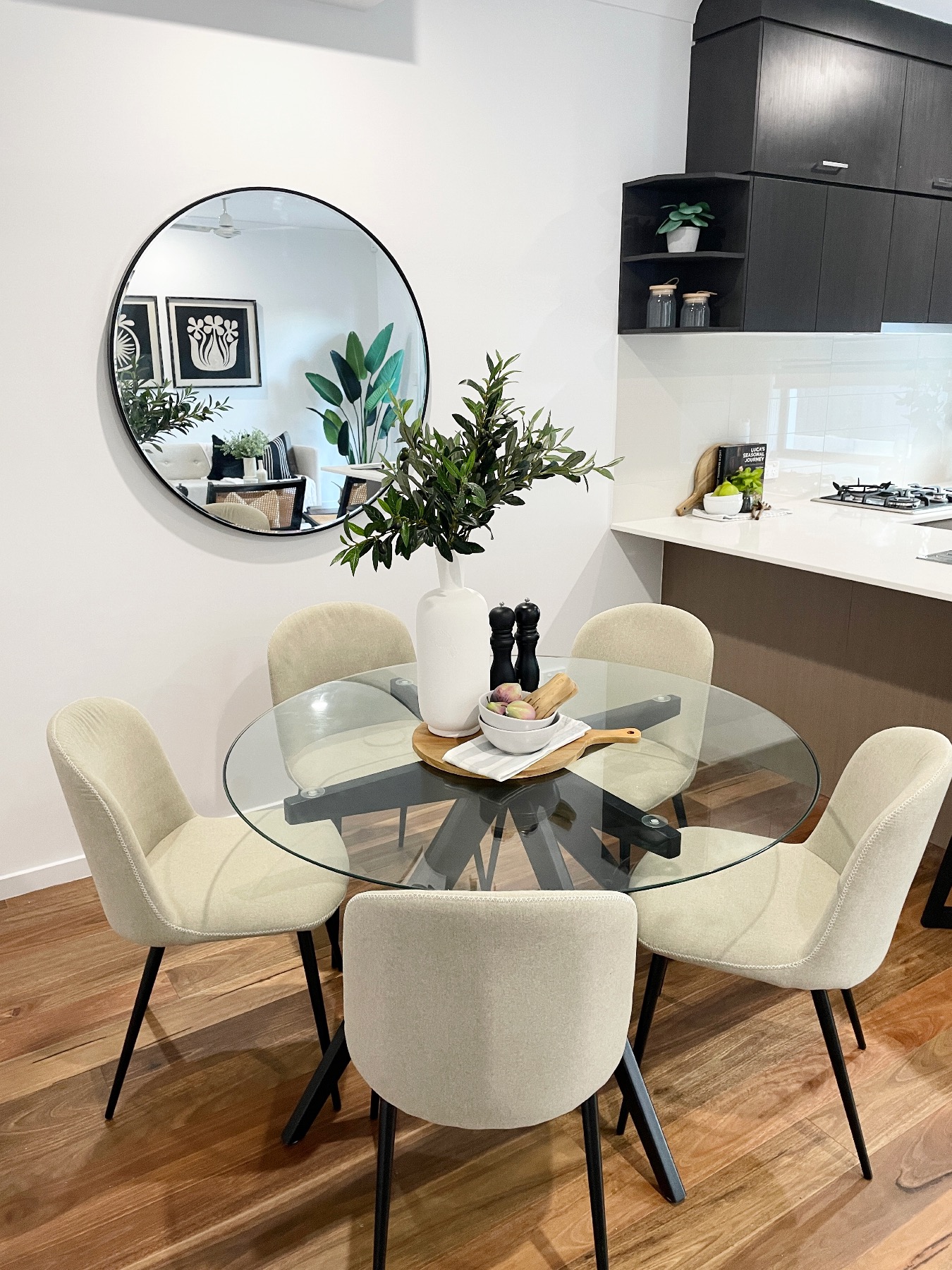



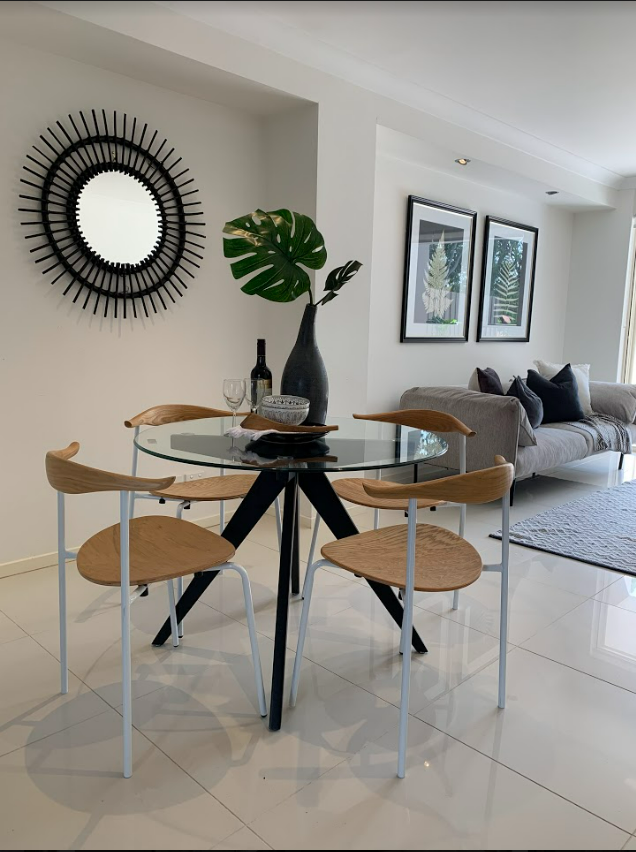
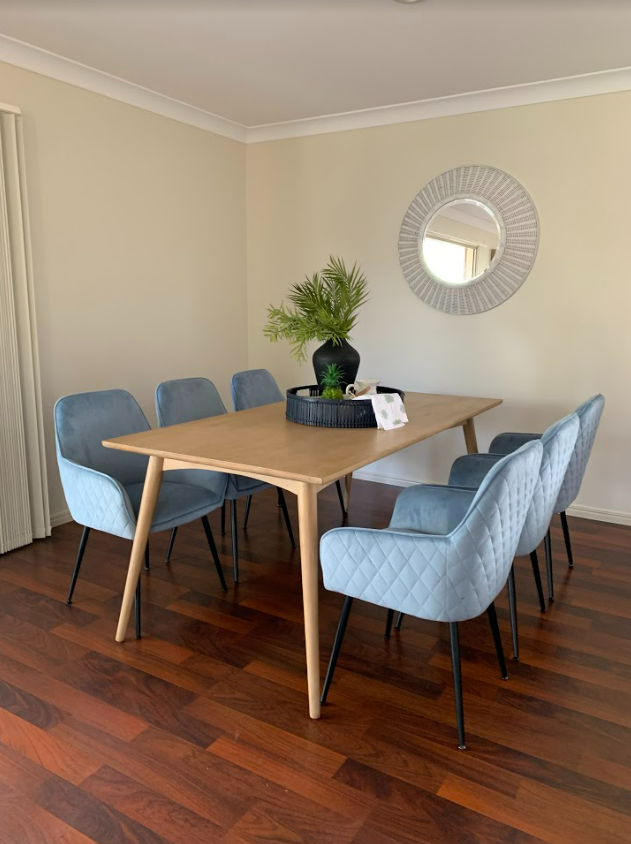
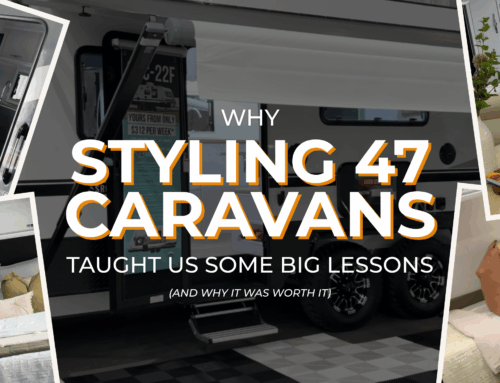



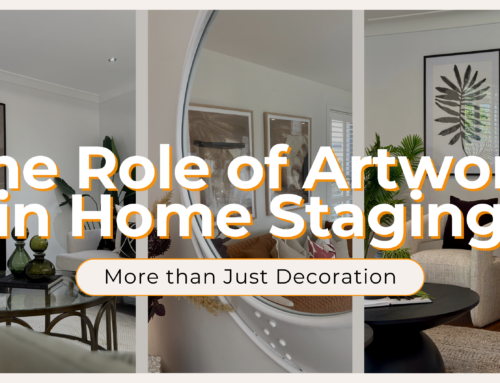
Facebook Comments